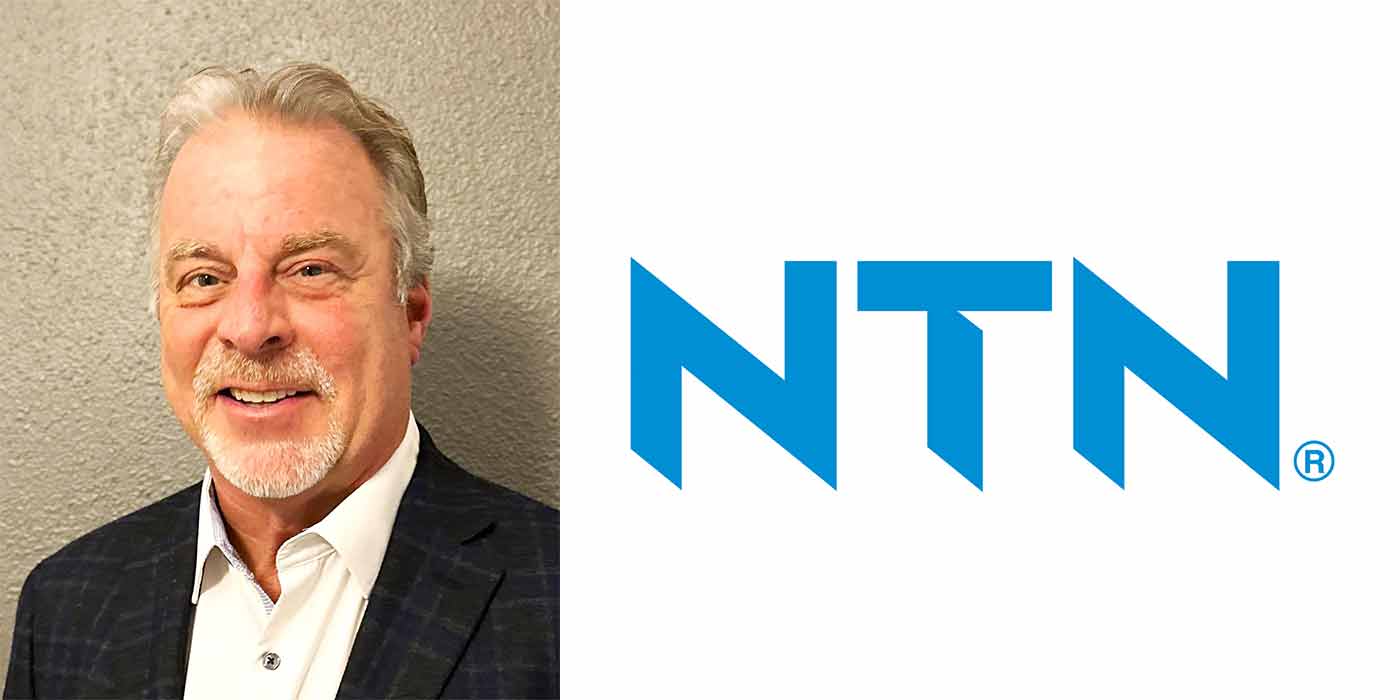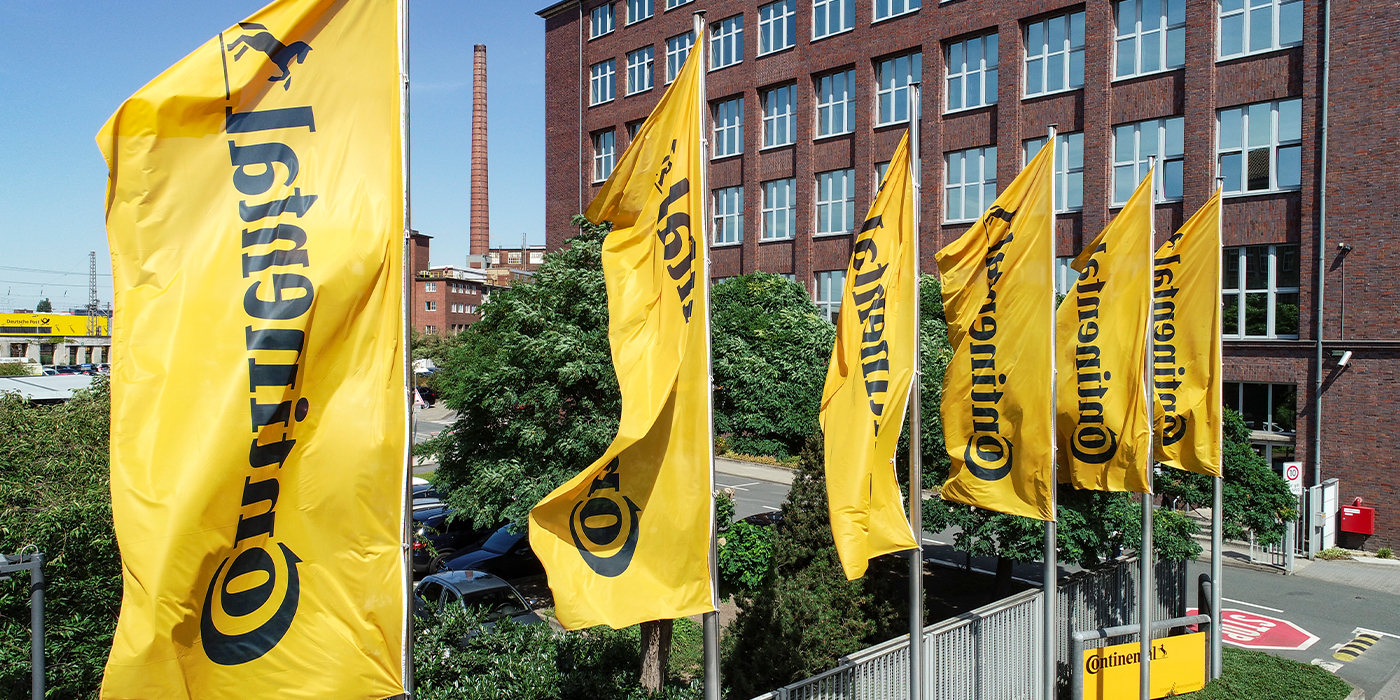As vehicles add more sensors, electronics and connected systems, the car parc is moving to more complicated, software-defined vehicles. One company at the forefront of technology in these vehicles of today–and the future–is Continental, which has at least one part on four our of five vehicles on the road today globally.
To understand the smart mobility landscape and what to expect from vehicles in the future, we spoke with Rosa Meckseper, head of smart mobility for Continental North America. In April, Meckseper took the helm of Continental’s smart mobility business in the Americas. In 2018, Meckseper joined the company as global head of strategy and Innovation in Germany, where she was responsible for cross-divisional technology strategy to advance future mobility research projects. Since then, she also served as the global head of corporate strategy and as a member of the automotive aftermarket management team in Germany.
AMN: What would you like the automotive aftermarket to know about Continental Automotive’s Smart Mobility innovations?
Rosa Meckseper, head of smart mobility, Continental North America: Continental is known in the automotive aftermarket as a reliable parts provider with an unparalleled portfolio of OE quality products including tires, hoses, electronics, replacement parts and brake systems. With a 150-year heritage, we are a leading Tier 1 global automotive supplier with 200,000 employees in 57 countries. Our customers value our strong history and the aftermarket benefits from access to our experienced engineers and latest technologies that help ensure optimal performance for vehicle owners.
The automotive industry is currently going through significant changes. Two of the most critical topics relate to serving the OE vehicle manufacturer and maintaining and repairing vehicles on the road. Here, Continental connects the dots between OE and aftermarket products, delivering on both.
Our comprehensive portfolio of software and sustainable technologies reach from the cloud to the road. In fact, our portfolio is so broad that four out of five new cars today have Continental hardware or software solutions onboard.
Looking specifically at our growth areas, one fundamental strength is our clear positioning in the space of the Software-Defined Vehicle (SDV). For example, we launched the first high-performance computers (HPCs), which are now becoming increasingly important for the automotive industry as it transitions to software-based vehicles. Another example would be our virtual Electronic Control Unit (vECU). Developed by Continental and Amazon Web Services, (AWS) it’s the next step in automotive system development as it allows 90 percent of software applications to be programmed before they are deployed. Therefore, auto manufacturers can bring new vehicles to market faster, and customers can get more regular software updates and fixes for their vehicle. These solutions drive our vision for the future of the aftermarket.
Another example is in the area of driver safety, which is dear to my heart. These include innovations in brake systems that increase safety, for example the MK C2 brake system, the further technological development of the drum brake, and safety alerts that warn the driver about road hazards. Also, we see sustainability increasing in significance. One example of Continental’s contribution to sustainability is our new energy-efficient tires for urban driving.
AMN: With vehicle data, cybersecurity is of the utmost importance. How is Continental balancing connected car innovations with the need for keeping vehicle and driver information safe?
Meckseper: With the automotive industry movement toward software-defined and connected vehicles, consumers are also exposed to greater cyber risk than before. With multiple apps and screens, data protection and privacy will be crucial for consumers in their vehicle as well. Continental is certified for ISO/SAE 21434, a standard that ensures cybersecurity through the vehicle lifecycle. With these standards, Continental determines potential threats and risks for a product while it is under development as well as on the road. The most advanced security applications are offered by Continental in cooperation with the Israeli cybersecurity specialist Argus, a Continental subsidiary.
In both vehicle development and on the road, the OEMs and aftermarket suppliers are complying with security regulations to protect consumers against cyber-attacks in software defined vehicles. As a result, new functions and updates for firmware or cyber security can be installed over-the-air throughout the entire life cycle.
AMN: Many of Continental’s Smart Mobility innovations are developed for and with OEMs. What do you think will be some of the first smart mobility solutions to have widespread use across the aftermarket?
Meckseper: Software-defined vehicles are the key to the future of the automotive industry and that certainly extends to the aftermarket. Vehicle diagnostic data, TPMS, sensors, camera systems and advanced driver assistance systems (ADAS) are already standard on vehicles, and the amount of software in modern vehicles is continuously increasing. High-performance Computers (HPCs) and zone control units are key to connecting intelligent hardware components to that software.
We have recently entered a strategic partnership with electric drive specialist DeepDrive to develop core technologies for electric vehicles. Continental with its ATE brand are experts in brake systems, while DeepDrive brings its years of experience in large-scale automobile production. Together, we will jointly develop drive and brake components that mount directly on the vehicle wheel. The innovative drive-brake unit will be more efficient, compact and more economical.
In the assisted and automated driving space, Continental continues to drive forward to make electric mobility of the future safer, more efficient and more convenient. Sensors, vehicle computers, operating and infotainment systems, software and more are being developed for automated and autonomous driving at several global locations. We also have partnerships with technology companies like Nvidia, Horizon Robotics, Reogni, AEye and Cartica AI on initiatives that include components and systems for driverless and emission-free taxis as well as automated valet parking and automated parking garages.
We are also developing new technologies for electronic vehicles, such as brake and drive components, automated driving and range extension. In the EV space, Continental is working on innovations that will extend the battery life and the driving range of electric cars. Keeping batteries at an optimal temperature is the key to fast charging and a longer battery life. However, most vehicles get exposed to extreme temperature ranges especially in the winter and summer months. We are working on special hoses and lines as part of the thermal management system to protect batteries from extreme temperatures as well as sensor modules that maintain the battery properties and limit aging effects.
Innovations like these will see widespread use in the aftermarket within the next few years.
AMN: How does Right to Repair play a role in aftermarket proliferation of connected vehicle technologies?
Meckseper: Continental’s aftermarket segment supports the key tenants of the Right to Repair movement. The REPAIR Act would preserve consumer’s choice of repair shops, allow them access and transparency to the data collected from their vehicles, ensure that data collected is secure, and prohibit restrictions or mandates on repair tools and information.
Telematics or vehicle repair and maintenance data that is transmitted wirelessly will be standard on most new vehicles sold by 2030. This direct communication of vehicle data and diagnostics direct to the manufacturer sounds beneficial, but when access is restricted, it makes it harder for vehicle owners to do the repairs themselves or to use their preferred repair shop. Restrictions to access significantly increase vehicle repair costs, eliminate consumers’ choice, and create privacy concerns about where the data is shared and who has access to it. For the aftermarket, it creates loss of innovation, lack of competition, and reduced collaboration in the $1.8 trillion global automotive aftermarket industry.
AMN: What will Continental be showcasing at the upcoming AAPEX 2023?
Mackseper: We are excited to bring our comprehensive portfolio of aftermarket solutions once again to the AAPEX Show. We’ve got some great new products for engine and fuel management, HVAC and ATE brake systems, and we’ll feature our flagship TPMS sensor product REDI-Sensor as well as our Autodiagnos TPMS tools. Plus, Continental’s belts and hose solutions will be on display.
New for this year, Continental is joining forces with several other TPMS manufacturers including Bartec, ATEQ and Schrader, in a booth located in Joe’s Garage as part of our campaign to help educate auto service technicians and shops about how outdated TPMS tools are affecting the tire service industry. There will be a press conference during AAPEX on Wednesday, Nov. 1 at 1 p.m. in this booth. More details can be found at www.updateyourtpmstools.com.
Visitors to AAPEX which takes place Oct.31 through Nov. 2, will be able to see Continental’s products firsthand in booth A2626 or by visiting www.continentalaftermarket.com.














